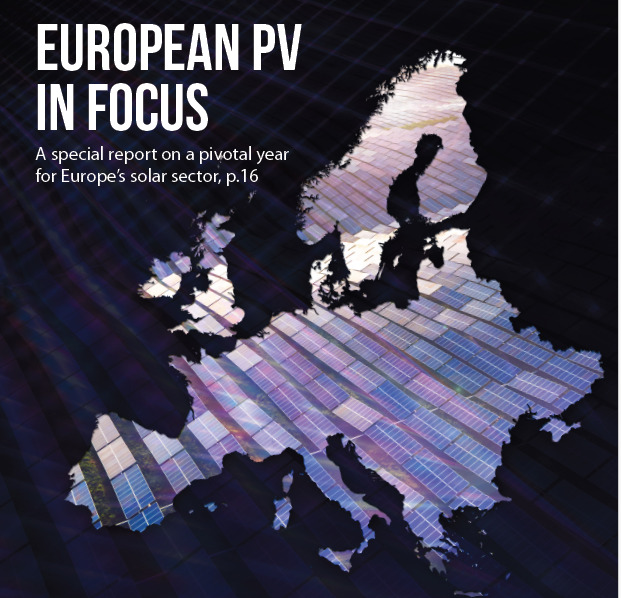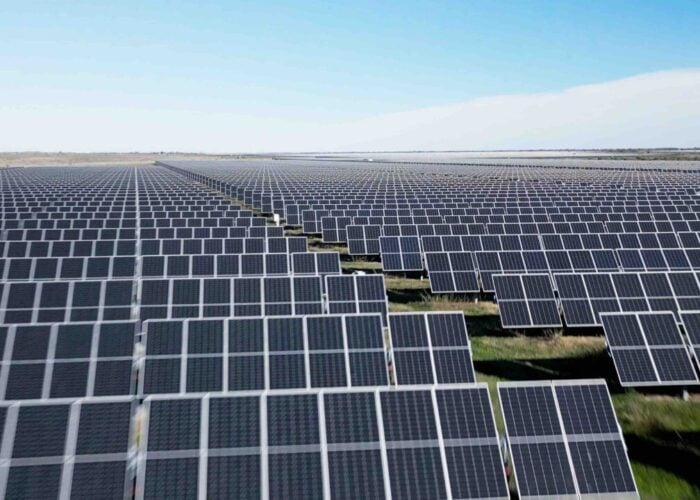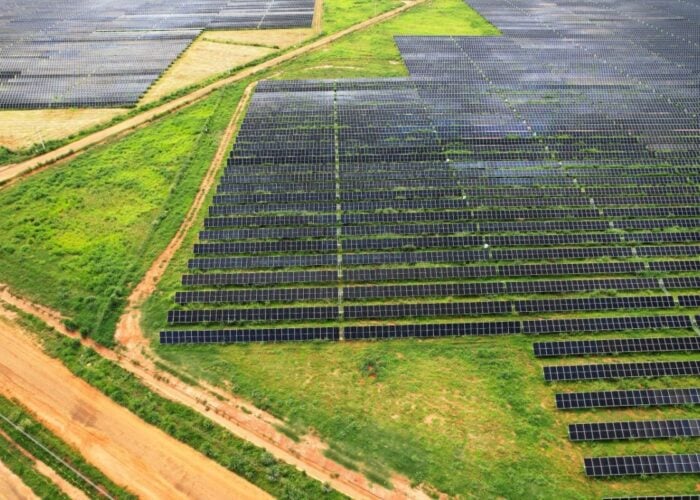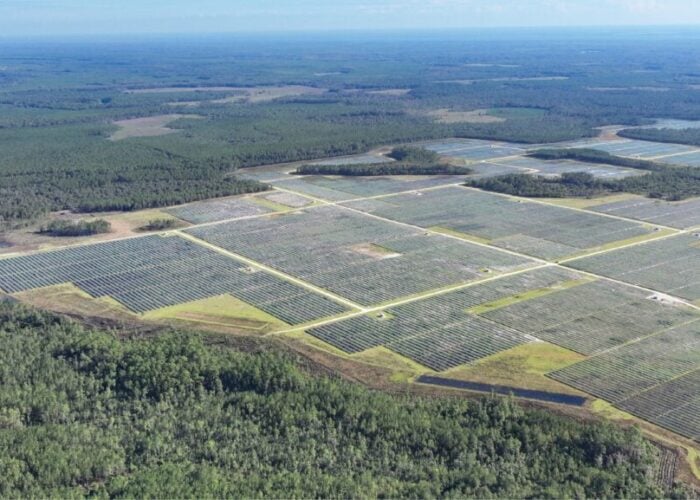
The Q2 2024 edition of our downstream solar PV journal, PV Tech Power, is now available to download. Volume 39 leads with an in-depth report on the latest developments and future outlook for Europe’s solar sector, which finds itself at a critical juncture.
Following Russia’s invasion of Ukraine and the ensuing energy crisis, the EU made several major policy interventions to safeguard the bloc’s energy security. This led to a period of record-breaking growth for PV deployment as solar moved centre-stage in efforts to break Europe’s dependence on Russian oil and gas. But the drivers of that period of growth are receding, and a number of clouds are building on the horizon, from the prospects of political upheaval to lagging grid development. Our report explores the forces shaping the fortunes of European PV and drills into the mounting challenges it faces.
Try Premium for just $1
- Full premium access for the first month at only $1
- Converts to an annual rate after 30 days unless cancelled
- Cancel anytime during the trial period
Premium Benefits
- Expert industry analysis and interviews
- Digital access to PV Tech Power journal
- Exclusive event discounts
Or get the full Premium subscription right away
Or continue reading this article for free
We also investigate the emerging phenomenon of PV modules becoming weaker as they get bigger. Over the past years, large-format modules have become a favoured choice for developers looking for greater bang for their buck. However, the corollary to the increased power offered by large-format modules is a reduction in mechanical strength. Colin Sillerud of CFV Labs reports on his extensive testing of large modules and considers how the industry should respond to the fact they’re becoming weaker.
Other highlights include:
- Grid-forming inverters
Aaron Philipp Gerdemann of inverter specialist SMA looks at the technologies helping maintain grid stability as renewables penetration increases.
- Rethinking solar availability in yield forecasting
Hannah Rasmussen of kWh Analytics discusses why the industry should consider alternatives to the 99% availability metric underpinning most solar forecasting, which is leading to over-optimistic estimates.
- A new methodology for estimating bifacial albedo
Enertis Applus+ and the University of the Basque Country report on a new methodology developed for improving the accuracy of albedo estimation, a key parameter for predicting the performance of bifacial PV modules.
PV Tech Premium subscribers receive every copy of PV Tech Power as part of their subscription as soon as each issue is published, as well as exclusive content on PV Tech, weekly briefing emails and a host of other benefits.
Find out more about PV Tech Premium, including how to subscribe.






